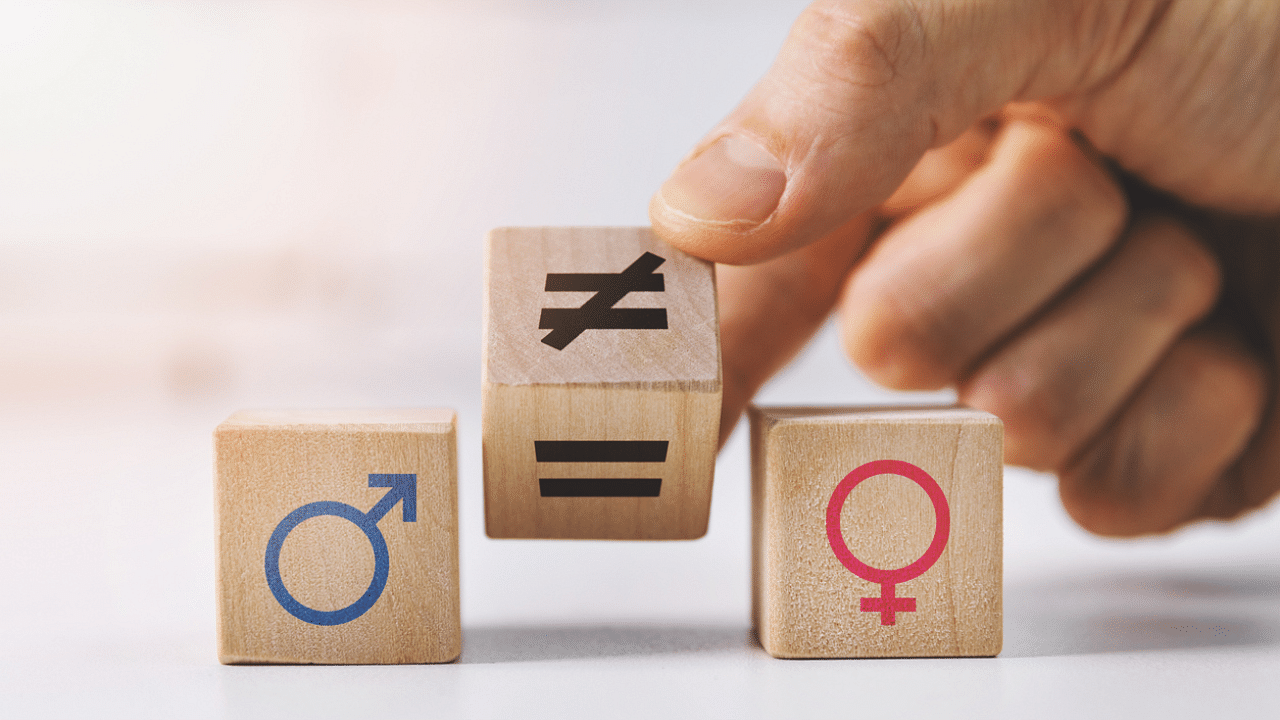
The annual report of the Civil Registration System for 2019, which is a part of the Census Department of India, has provided some good news about gender balance in the country. The report has shown that no state or Union Territory has a sex ratio at birth which was less than 900 girls for every 1,000 boys. The World Health Organisation (WHO) has estimated that the natural sex ratio at birth is about 952 females to every 1,000 males. The 2019 ratio shows a much-improved performance by a country which till recently had a poor sex ratio. But the report also had bad news because it showed that many states had registered a fall in sex ratio from 2017 and 2018. This was confirmed by the National Family Health Survey also which shows that eight states which had improved their sex ratios had slipped in 2019.
Arunachal Pradesh had the highest sex ratio at 1,024, but it saw a decline from 1,047 in 2018. States like Kerala, Himachal Pradesh and Chhattisgarh which have traditionally had a high sex ratio saw it decline from the previous years. But Punjab and Chandigarh where the sex ratio was low in the past, improved their figures. Gujarat, Assam and Madhya Pradesh registered the lowest ratios among all states. It is difficult to pinpoint any reason for the falling trend. It is clear that the Centre’s Beti Bachao, Beti Padhao scheme has not had much of an impact. It is not known whether the ban on sex determination tests is increasingly violated, but if there is widespread violation there must be a nationwide reason for it. The official and unofficial campaigns against gender discrimination may also not be working as they did in the past.
It is necessary to make a comprehensive study of the trend because if it persists it will erase all the gains made over decades to achieve a better gender balance. It is a regressive social attitude that shows a preference for the male child and that was once entrenched in the country. If such patriarchal values and attitudes are revived and gain dominance, that should be a matter of serious concern. It is also likely that periods of economic distress can change attitudes and perceptions about the roles of men and women in society. Even when such attitudes change, there must have been active interventions in the natural gender equations which caused the decline in sex ratio in consecutive years, because children are not just born or unborn in minds. The shift in attitudes and the interventions need to be identified and acted upon so that the positive trend is resumed for the good and health of the society.